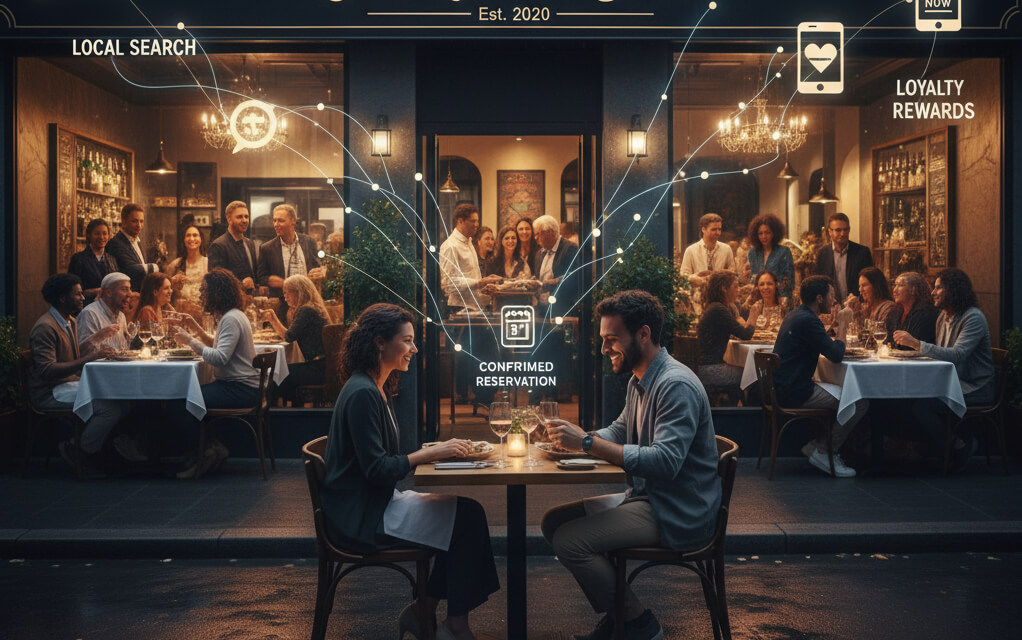October 09, 2025

In today’s hyper-competitive dining landscape, having a delicious menu and exceptional service is essential—but it's not enough. If potential diners can't find you online, they’ll find someone else. That’s where Search Engine Optimization (SEO) comes in.
SEO is the secret ingredient that helps restaurants rise to the top of Google search results, get discovered by nearby foodies, and keep seats filled. Below, we break down the key pillars of restaurant SEO every owner, manager, or marketer needs to understand.
Restaurant SEO is the process of optimizing your digital presence so your business ranks higher when people search for relevant dining options—especially local ones. Whether someone types "best Thai food near me" or "family-friendly restaurants in Chicago," SEO helps ensure your restaurant appears prominently in those search results.
Example: If your restaurant serves vegan brunch in Portland, your goal is to appear when someone Googles “vegan brunch spots in Portland”—and SEO is how you get there.
Related Reading: The Most Common Restaurant Website Mistakes (and How to Fix Them)
Local SEO is especially critical for restaurants because most diners want something close, fast, and trusted. Google knows this and tailors results based on proximity. That's why ranking in the Local Pack (the map section on Google search results) can drive a huge percentage of foot traffic.
Tip: Including high-quality food and interior photos on your Google profile can improve click-through rates and engagement.
Explore More: The Science of Food Photography for Restaurant Websites
With over 70% of restaurant-related searches happening on mobile devices, your website must perform flawlessly on smartphones. Google now indexes sites using a “mobile-first” approach—meaning your mobile site experience affects your rankings, even for desktop users.
Need Help? Mobile-First Websites: Why Restaurants Can’t Ignore Them
To Google, content is king—and content tells search engines what your restaurant is about. It also tells potential guests what makes you unique.
Example: If your brunch menu includes avocado toast, optimize for “best avocado toast in [your city]” where relevant.
Deep Dive: Why More Restaurants Are Going Subscription-Based
SEO is never a “set it and forget it” tactic. To stay ahead of competitors and adapt to Google’s algorithm changes, you need to monitor, test, and improve your SEO strategy regularly.
Pro Tip: Look for high-traffic keywords your competitors rank for but you don’t—then build optimized pages to close the gap.
Word-of-mouth is powerful, but today it often starts online. Whether someone is looking for a place to celebrate a birthday or just craving Thai food at lunch, you want your restaurant to show up at the top of their search.
When done right, restaurant SEO can deliver long-term, compounding results—more visibility, more bookings, and a stronger local brand. In an industry where margins are tight and competition is fierce, that’s not just nice to have—it’s essential.
Hungry for more traffic? Start with these essentials, and your restaurant will not only be found—it’ll be full.
Stay up to date with the latest tips, expert insights, product reviews, and step-by-step guides to help you grow, create, and succeed—no matter your industry or passion.